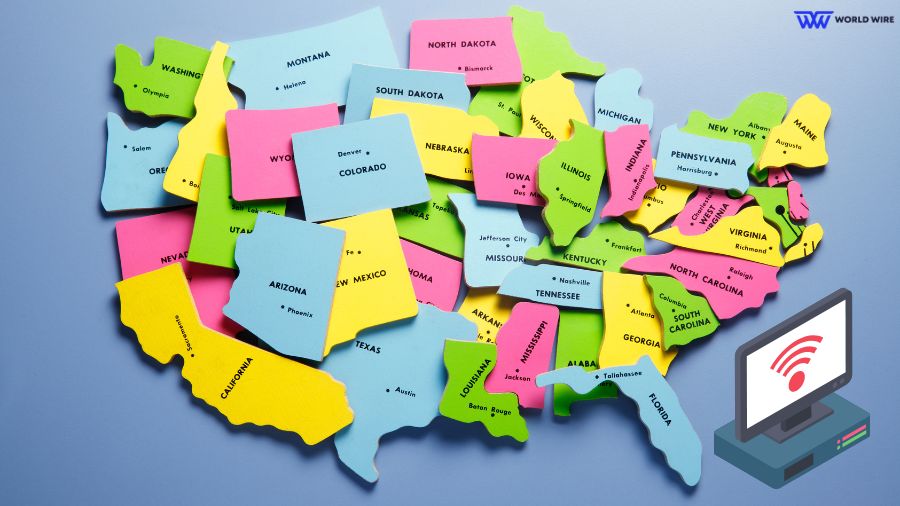In an era where connectivity is as vital as electricity, the Broadband Equity Access and Deployment (BEAD) program stands as a beacon of hope for millions in unserved and underserved areas across the United States.
With a promise to bridge the digital divide, BEAD’s approach to funding allocation reveals a landscape of disparity and strategic challenges that states must navigate to fulfill the national goal of universal broadband access.
The federal government, through the White House and agencies like the National Telecommunications and Information Administration (NTIA), allocates funds to states, prioritizing equitable distribution to ensure that areas most in need, such as Minnesota and Massachusetts, receive adequate support for broadband equity, access, and deployment.
At its core, BEAD’s funding strategy is designed to prioritize areas most in need. Each state’s share of the funding pie is determined by its unserved locations, ensuring a baseline of $100 million to even the most broadband-rich states like Rhode Island and Delaware.
This seemingly equitable approach, however, masks the nuances of a more complex reality.
Andrew Lipman of Morgan, Lewis & Bockius highlights a stark contrast within the BEAD program.
States like Texas, California, and Missouri received sizable BEAD funding, exceeding $1 billion, highlighting a disparity in allocation while others like Minnesota, New York, and North Carolina are bracing for shortfalls.
The reasons behind this disparity are multifaceted, including historical FCC (Federal Communications Commission) initiatives such as the Enhanced A-CAM (Alternative Connect America Model) program and the varied success of states in challenging the FCC National Broadband Map’s accuracy.

The road ahead offers a spectrum of possibilities for states flush with BEAD cash. From extending fiber’s reach to leveraging funds for other connectivity enhancements, the choices made today will sculpt tomorrow’s broadband landscape.
Yet, these decisions are not without their dilemmas. High-cost thresholds and the judicious use of alternative technologies stand as pivotal factors.
In a state’s broadband strategy, this balance involves weighing the pursuit of technological excellence against the pragmatic constraints of cost and geography.
The implications of BEAD’s funding dynamics extend far beyond the immediate deployment concerns. They touch on the very essence of equitable access and the role of state and federal entities in shaping the broadband future.
States equipped with surplus funds have a unique opportunity to not only meet but exceed national broadband objectives, setting a precedent for what’s possible in the realm of public infrastructure projects.
As states chart their courses within the BEAD framework, the broader narrative of American broadband expansion unfolds.
With the potential for surplus funds to catalyze further innovation and access, the focus shifts to the strategic vision of state policymakers and the oversight role of federal agencies like the NTIA.
The BEAD program embodies the collective aspiration for a connected America, where every household, regardless of location, can access high-speed broadband.
As this ambitious project progresses, the decisions made by states will not only determine the pace of deployment but also the shape of America’s digital landscape for generations to come. Clarity, foresight, and inclusivity are virtues and necessities in this endeavor.







Add Comment